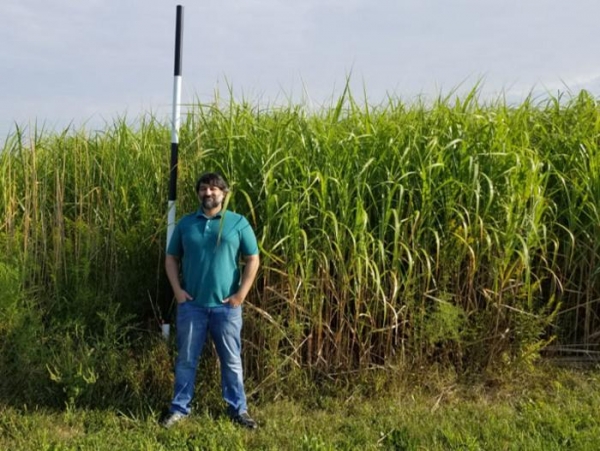Bioenergy crops such as miscanthus and switchgrass provide several environmental benefits, but low returns and profit risks are barriers for investment by farmers. A new study from the University of Illinois Urbana-Champaign shows that carbon mitigation payments could increase net returns and reduce income risk, potentially enticing more farmers to grow these crops.
“We were interested in looking at the returns to farmers and the risks to farm income of adopting bioenergy crops compared to conventional corn and soybean crops. We also wanted to look at the effects of paying farmers for the carbon mitigation services from these crops and how that would impact returns and risks,” said Madhu Khanna, Alvin H. Baum Family Chair and director of the Institute for Sustainability, Energy, and Environment (iSEE). She is also the ACES Distinguished Professor of Environmental Economics in the Department of Agricultural and Consumer Economics (ACE) and co-director of the Center for the Economics of Sustainability (CEOS), part of the College of Agricultural, Consumer and Environmental Sciences (ACES) at the U. of I.
“There are two main carbon mitigation benefits from bioenergy crops: First, bioenergy crops have deep roots that sequester more soil carbon than conventional crops. And second, the harvested biomass can be used to produce cellulosic biofuel to replace fossil fuels,” explained Fahd Majeed, a postdoctoral research associate at iSEE and the U.S. Department of Energy’s Center for Advanced Bioenergy and BioProducts Innovation (CABBI) at the U. of I. Majeed conducted the research as a doctoral student in CEOS.
Read more at: University of Illinois Urbana-Champaign
Fahd Majeed (pictured, with miscanthus) and Madhu Khanna, University of Illinois, studied the effect of carbon mitigation payments on bioenergy crop profitability. (Photo Creidt: University of Illinois)


